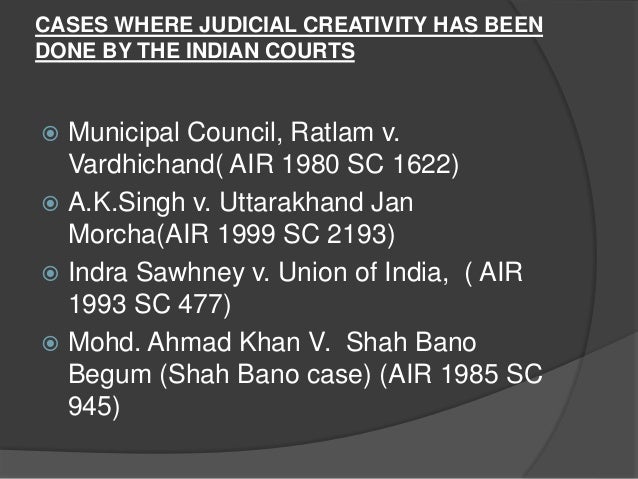The Tools And Techniques Of Judicial Creativity And Precedent
In order for the doctrine of judicial precedent to work, it is necessary to be able to determine what a point of law is. In the course of delivering a judgment, the judge will set out their reasons for reaching a decision. The reasons which are necessary for them to reach their decision amount to the ratio decidendi of the case. The ratio decidendi forms the legal principle which is a binding precedent meaning it must be followed in future cases containing the same material facts. It is important to separate the ratio decidendi from the obiter dicta. In addition to binding precedents, there exists persuasive precedents.
- The Tools And Techniques Of Judicial Creativity And Precedent
- The Tools And Techniques Of Judicial Creativity And Precedent In India
The Tools And Techniques Of Judicial Creativity And Precedent

The Tools And Techniques Of Judicial Creativity And Precedent In India
These consist of judicial statements which are not binding but may be taken into account. For example, t he obiter dicta from R v Howe & Bannister was followed by the House of Lords in R v Gotts 1992 2 AC 412 which held that the defence of duress was not available to attempted murder.
A form of persuasive precedent is obiter dicta. Persuasive precedents also include case law from other jurisdictions and traditionally the Privy Council decisions have been merely persuasive on the English courts. However, exceptionally the Privy Council may be binding. <A href="wprohref="Widgets</A&gt.